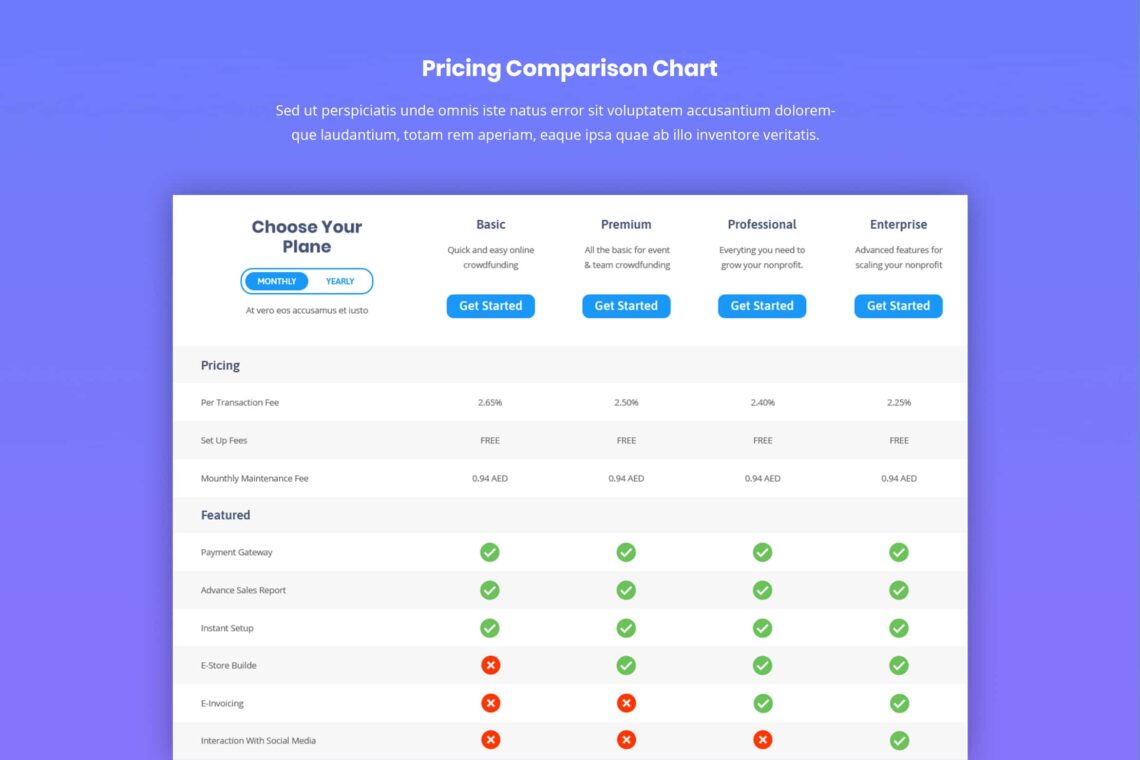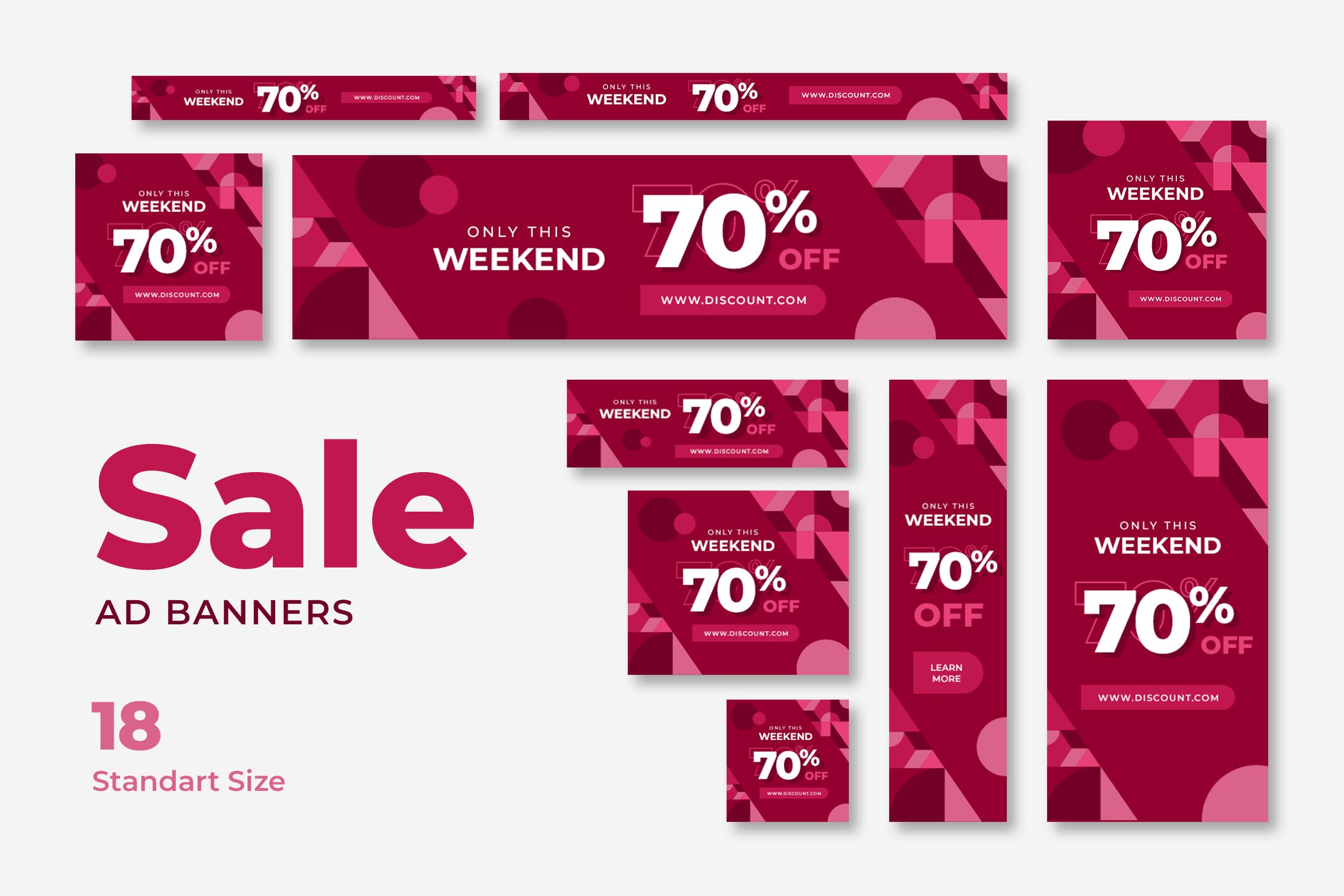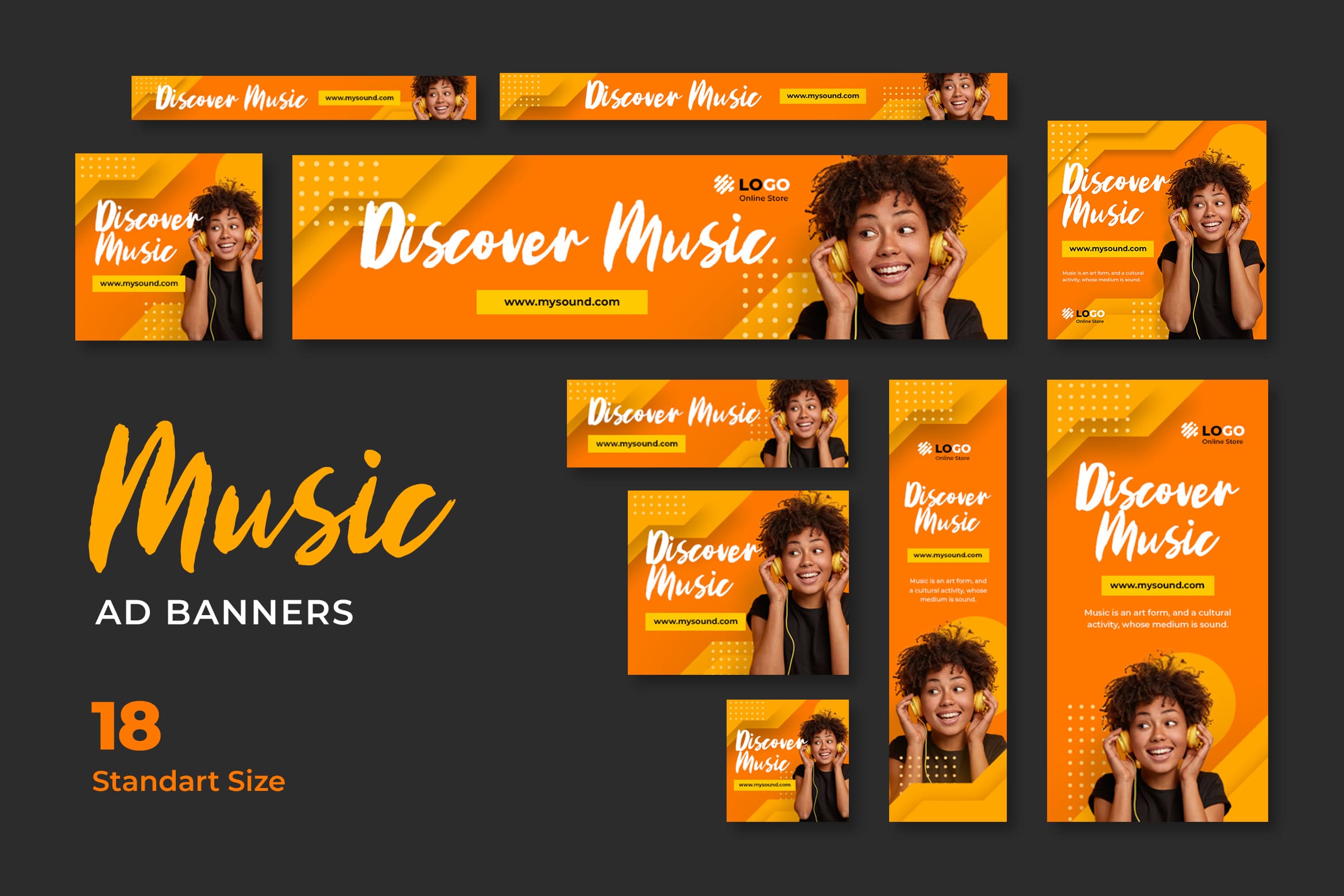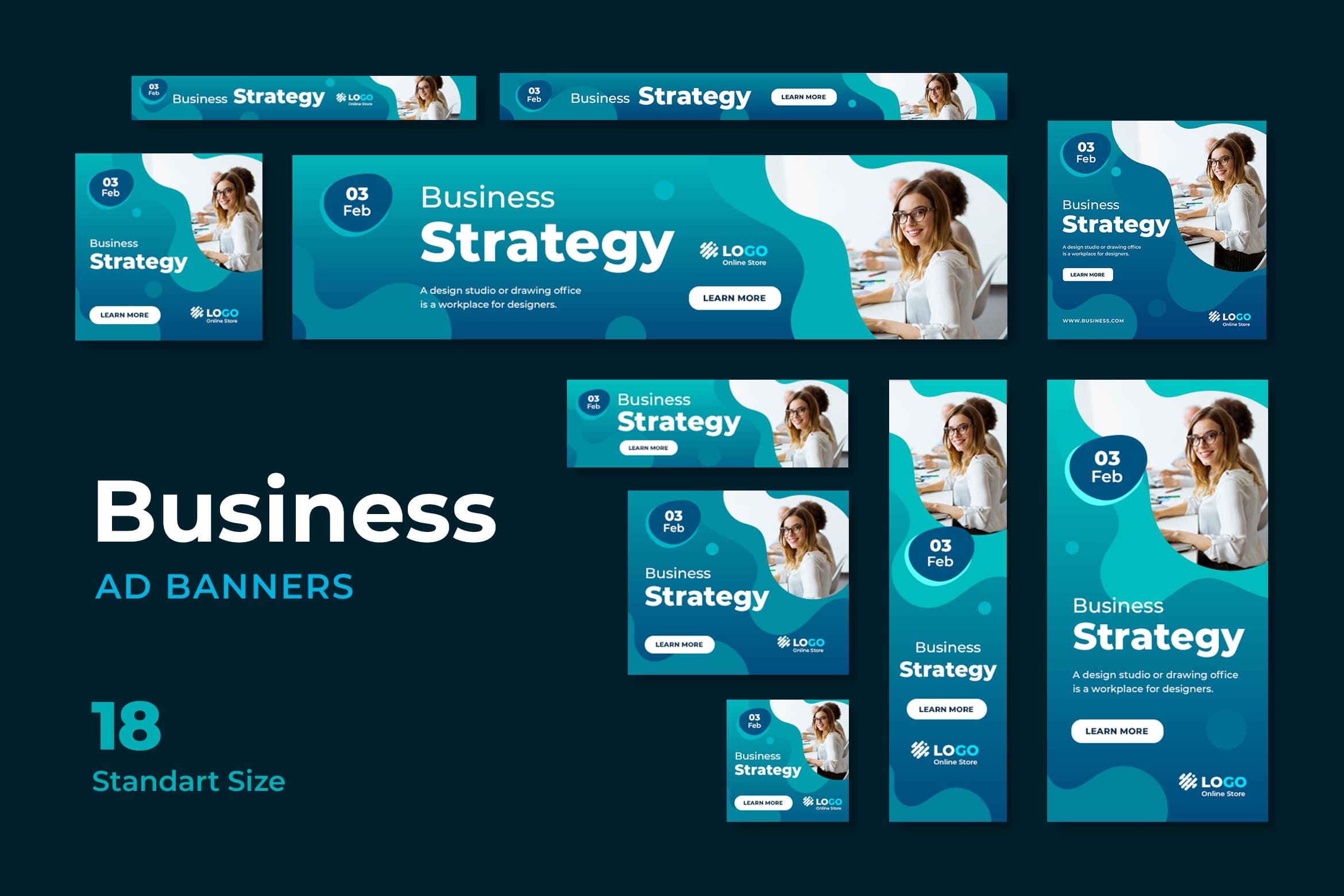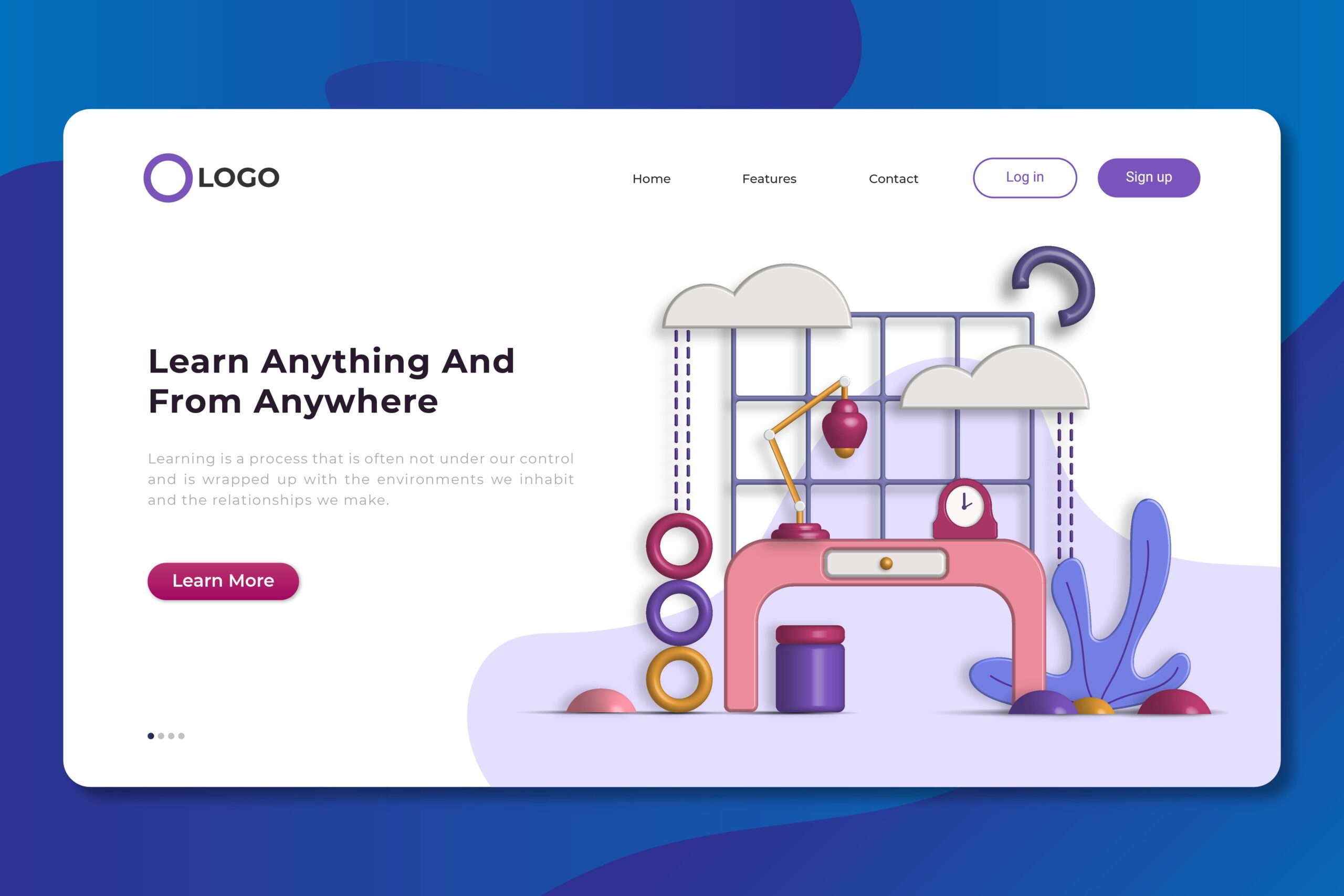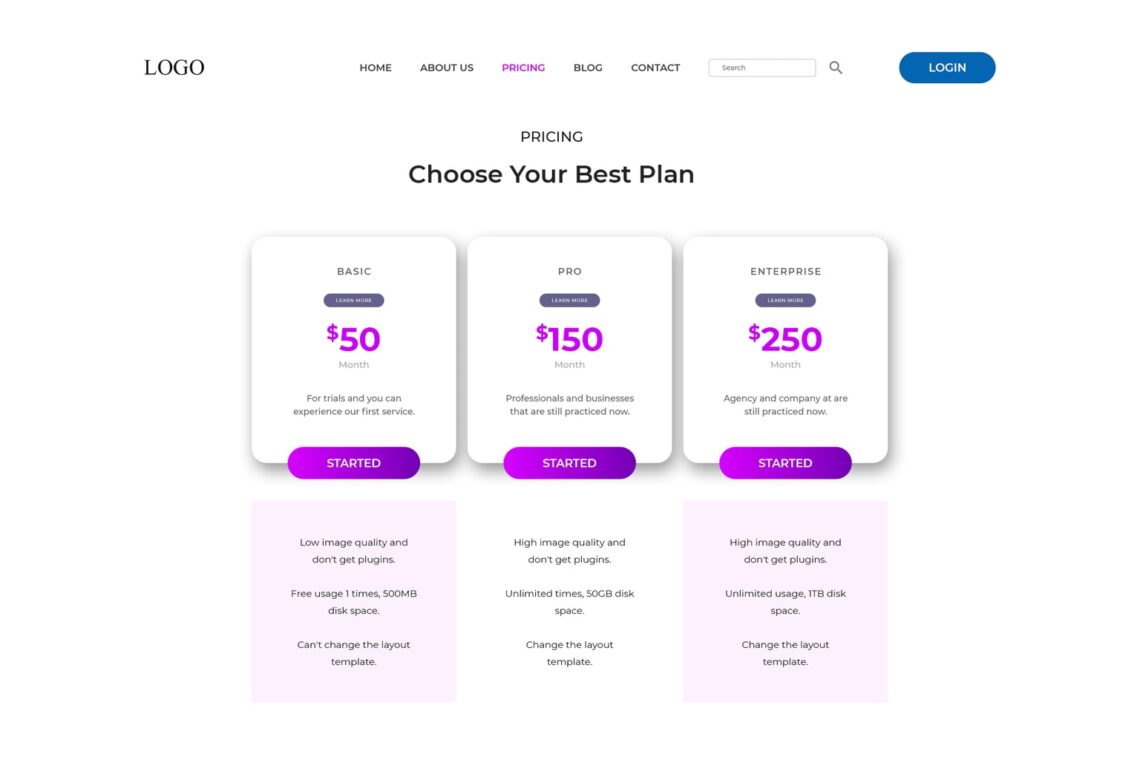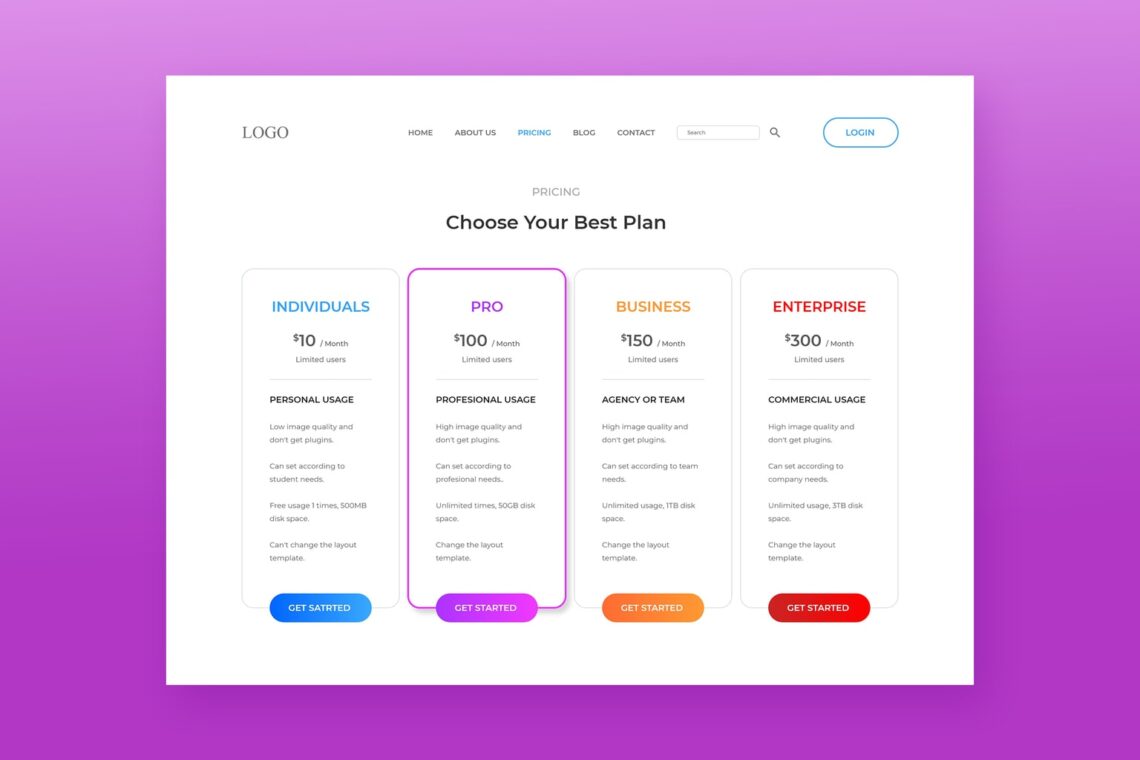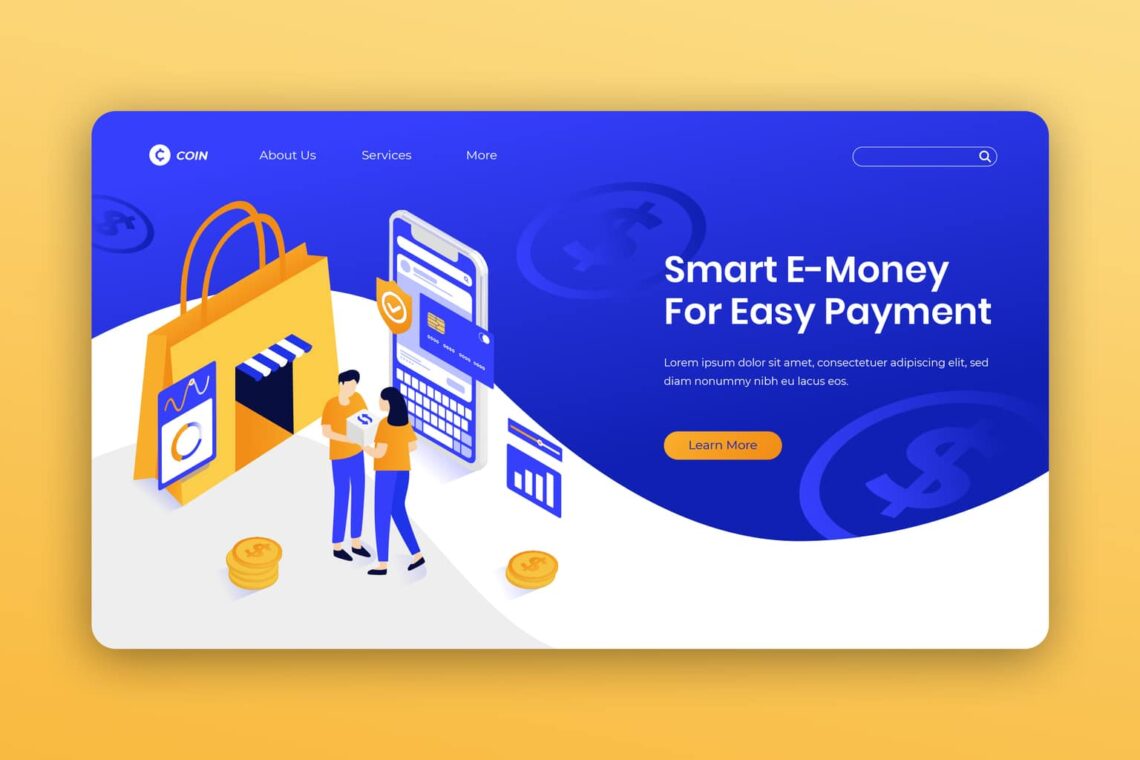Web Elements
Web element templates save time and enhance design consistency. They include landing pages, pricing table, email newsletters, websites, wireframes, web banners, isometric and flat illustrations, backgrounds, hero headers,, admin dashboards, and email signatures. These elements improve branding, usability, and user experience, ensuring a professional and visually appealing website. Using pre-built templates eliminates design errors and simplifies the website creation process, even for those with no coding skills.
New From Web Elements
Trending From Web Elements
Email Newsletter
Wireframe
Background
Hero Header
Admin Dashboard
Landing Pages
Free Product Web Elements
The Benefits of Using Web Elements Template
Like most internet users nowadays, website designers and owners have a short attention span. They desire to create stunning websites in a few short hours. You won’t need much knowledge if you use one of the most excellent website templates, which may assist you in developing your website.
It is possible to avoid mistakes in design and save time by purchasing pre-built templates from a marketplace. This is an excellent approach to saving time. You must, however, educate yourself on the proper way to utilise a website template to prevent producing unsatisfactory outcomes.
What are Web Elements?
When you start constructing a website and signing up for web hosting through one of these platforms, also called content management systems (CMS), you will be prompted to choose a template.
A layout and design applied on top of your content by the platform are known as a template. Templates are interchangeable and affect various web elements, including:
Email Newsletter
An email newsletter is distributed regularly to subscribers to update them with the most recent information regarding a particular company, product, or brand. You have the option of sending out newsletters on a weekly or monthly basis. Still, this decision should be based on the type of material you have to distribute and how frequently subscribers anticipate receiving your newsletters.
Website
Website templates are pre-designed layouts that enable you to quickly create a well-designed website by arranging material onto a web page that is consistent with the template. To personalise the template and make it your own, you can drag and drop objects, such as image blocks, photo galleries, logos, etc. When you choose a website template, you won’t need any prior coding knowledge to develop a high-quality website design tailored to your brand’s requirements.
Wireframe
A wireframe is a two-dimensional representation of the skeletal structure of a website or application. It is dissimilar to an architectural blueprint. A clear understanding of the page’s structure, layout, information architecture, user flow, functionality, and expected behaviours can be obtained from wireframes.
As a rule, a wireframe’s styling, colour, and graphics are limited to a bare minimum because the wireframe is supposed to convey the basic product concept. Depending on the amount of detail necessary, wireframes can be sketched by hand or made digitally.
Web Banner
Web banners, also known as display banner advertisements or display ads, are a type of clickable digital ad embedded into websites to drive visitors to the advertiser’s website. In digital advertising, web banners are also known as display banner ads. They may be delivered by an advertising network through a server or manually embedded into websites. Both methods are possible. In conclusion, some conditions must be satisfied for web banners to be compatible with the ad serving and display.
Isometric
Isometric art is a drawing or illustration style that uses perspective to give the impression that two-dimensional figures are three-dimensional. Isometric images, which derive their name from the Greek phrase for “equal measure,” can represent interiors, exteriors, objects, or logos with height, width, and depth to give the impression of a three-dimensional perspective. When looking at these images, one sees one standing on a raised platform and looking down at three-dimensional objects.
Flat Illustration
A user interface design approach known as “flat design” is characterised by using simple, two-dimensional objects and vivid colours. In many cases, it is contrasted with the skeuomorphic style, which creates a sense of three-dimensionality by imitating the features of real-world objects.
Background
A website’s body and content each have their distinct background. The portion of a web page that takes up most of the screen is called the body background. This is where you will place any graphics, colours, shapes, and other elements that you have chosen. The region around the images or text is called the content background. It helps delineate the various portions.
Hero Header
A large banner image at the top of a website is called a “hero image” when discussing website design. Because of its prominent placement near the top of a homepage that typically runs over its entire width, it acts as the user’s first view of your firm and the product or service that it provides. This is because the term “hero header” is sometimes used to refer to it.
Pricing Table
Pricing tables are essential for every business that sells goods or services and should not be overlooked. They present a difficulty from the point of view of both the design and the usage of the product. They need to be straightforward, but at the same time, they must distinguish between the qualities and costs of the various goods and services.
Admin Dashboard
The Admin Dashboard displays tabs for several pages that provide a personalised picture of the performance of the business intelligence (BI), the quality of the data, the required maintenance for the cube, and the required administrative tasks. On these pages, you’ll find the findings of in-depth analyses, which are given in the form of links, photos, graphs, pie charts, and BI reports.
Email Signature
Over the years, many changes have been made to email signatures; however, one thing has remained the same: it is essential to include the appropriate information. In your email signature, you must tell people who you are, your job, and how they can contact you. In addition to this, there is a great deal of other information that you need to include.
© 2026 UICreative ( member of Mediatechindo.com ) - All rights reserved









